The Top 5 Common Processes of GD-HUB's Sheet Metal Fabrication
Cutting: Sheet metal can be cut using various techniques such as shearing, laser cutting, or water jet cutting. Shearing involves the use of sharp blades to cut through the metal. Laser cutting uses a high-powered laser beam to melt or vaporize the metal along a desired path. Waterjet cutting uses a high-pressure jet of water mixed with an abrasive material to cut through the metal.
Bending: Bending is used to create angles, curves and shapes in sheet metal. It is accomplished by applying force to the metal, causing it to deform along a predetermined line. Bending can be done manually with hand tools or with press brakes, which are machines designed for precision bending.
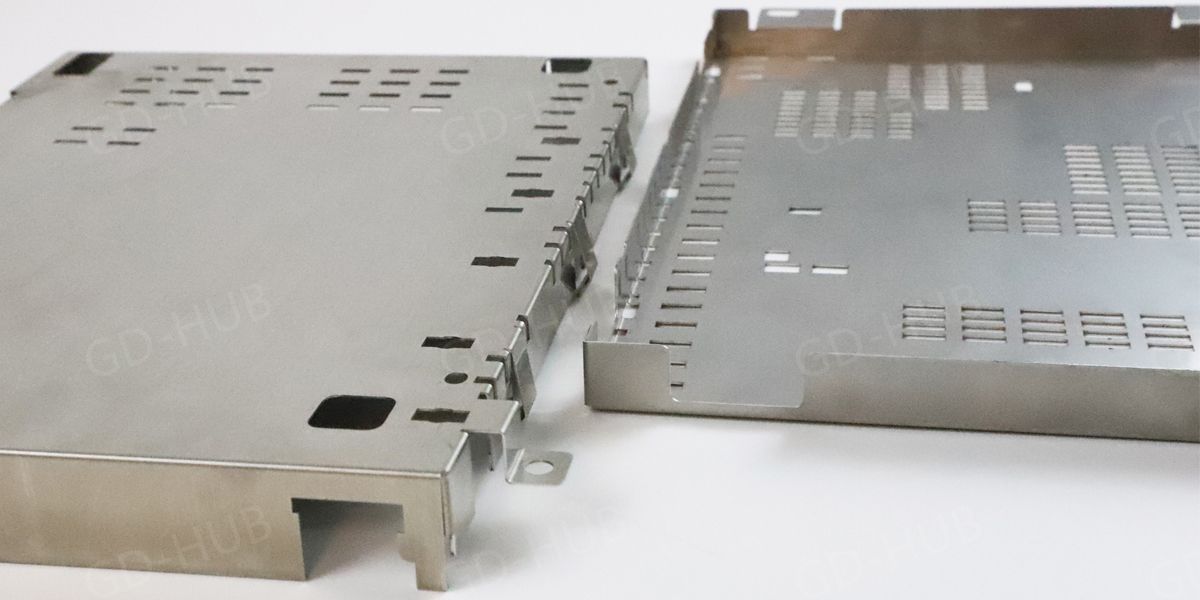
Forming: Forming refers to processes that shape sheet metal into three-dimensional objects. Techniques such as roll forming, deep drawing and stamping are used. In roll forming, sheet metal is passed through a series of rollers to gradually shape it. Deep drawing uses a die to stretch the metal into a desired shape. Stamping uses a press to cut and shape the metal using a die.
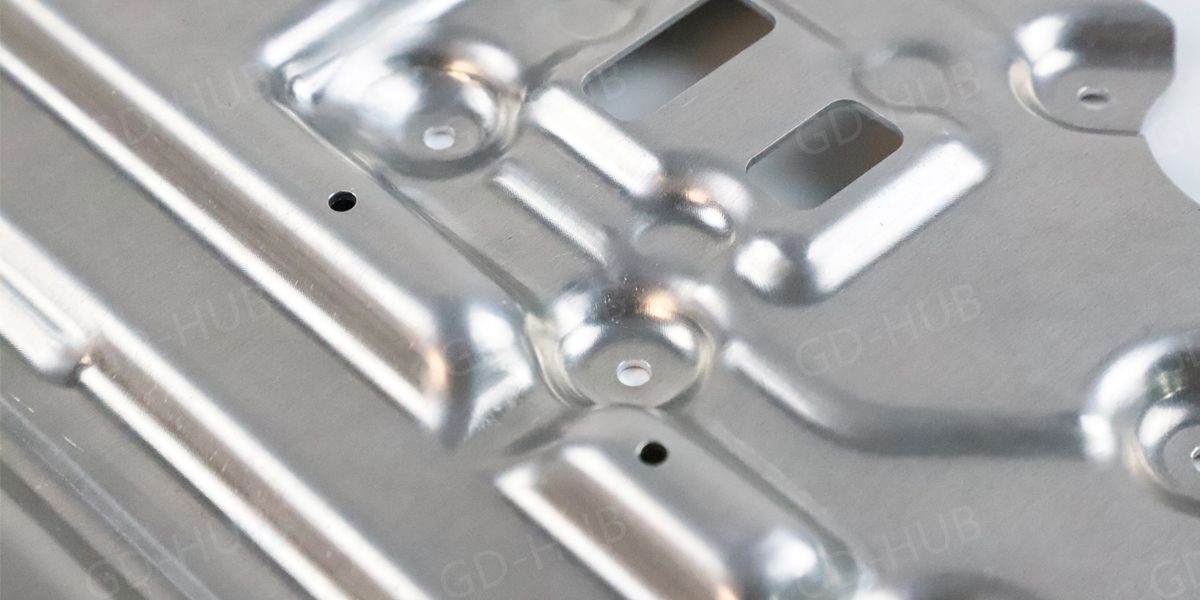
Welding: Welding joins sheet metal parts by melting and fusing them together. Different types of welding processes, such as TIG (Tungsten Inert Gas), MIG (Metal Inert Gas), and spot welding, can be used depending on the application and type of metal. Welding is commonly used to create strong and durable joints between sheet metal components.
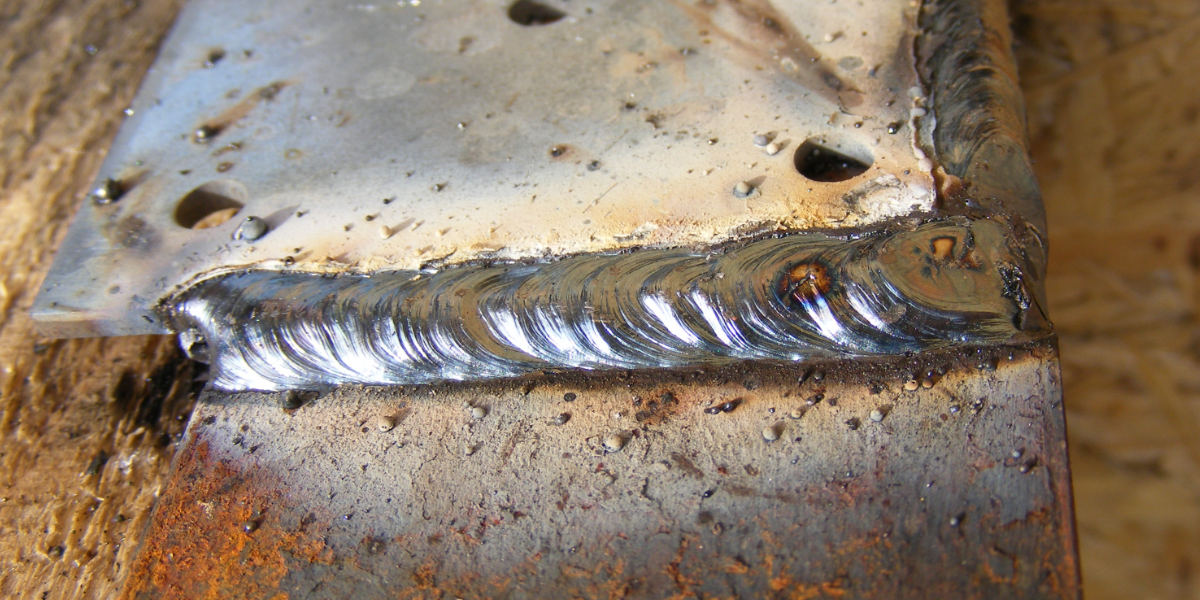
Assembly: Sheet metal components can be assembled using a variety of techniques, including riveting, fasteners, adhesives and clinching. Riveting involves joining metal parts with rivets that are inserted through pre-drilled holes and secured in place. Fasteners such as screws or bolts may also be used. Adhesives provide a non-mechanical method of joining, while clinching involves deforming the metal to create a secure joint.
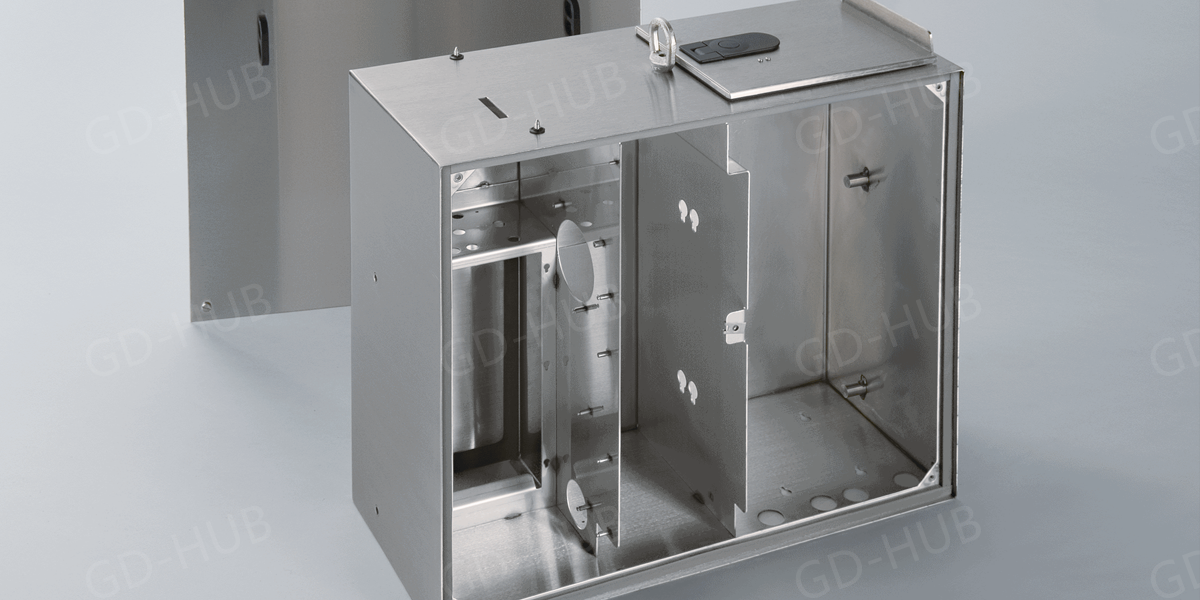
Understanding the Different Types of Cutting in GD-HUB'S Sheet Metal Fabrication
Shearing Cutting:
Advantages: Shearing is a quick and efficient way to cut straight lines in sheet metal. It is well-suited for high-volume production and can be easily automated. It produces clean, burr-free edges.
Disadvantages: Shearing is primarily suitable for straight cuts and may not be ideal for complex shapes or intricate designs. The cutting process can cause slight deformation along the edges of the cut.
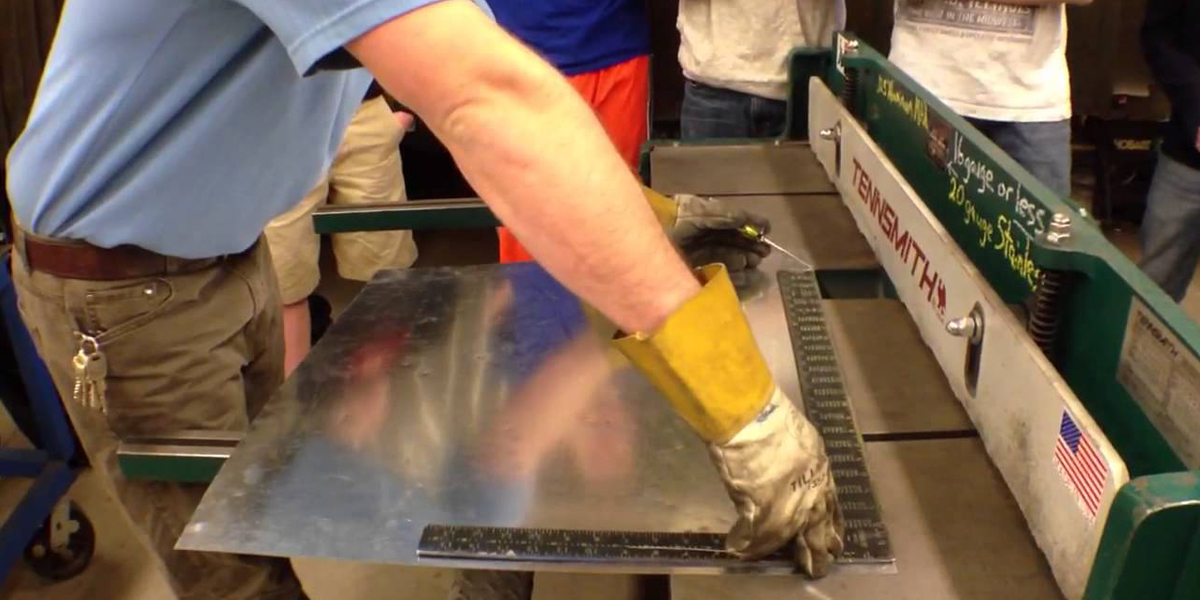
Laser Cutting:
Advantages: Laser cutting offers high precision and versatility. It can cut intricate shapes and contours with ease. Laser cutters are computer-controlled, allowing for precise and repeatable cuts. The process produces smooth edges without the need for additional finishing.
Disadvantages: Laser cutting can be slower and more expensive compared to other cutting methods. It may also generate heat, which can cause thermal distortion in thin or sensitive materials.
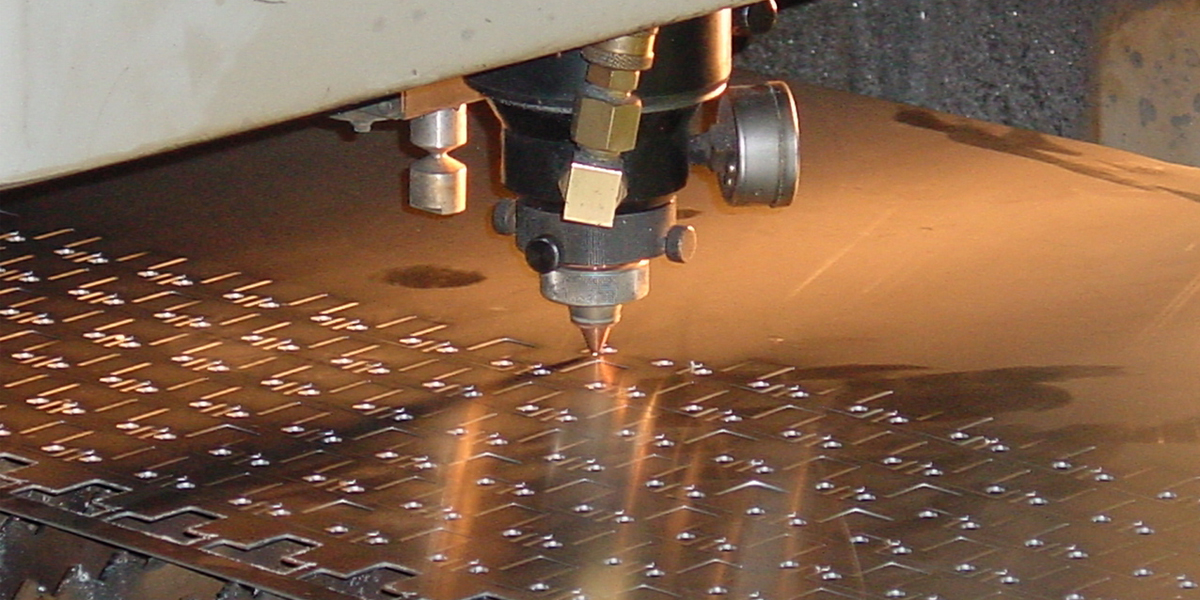
Waterjet Cutting:
Advantages: Waterjet cutting is a versatile method that can cut a wide range of materials, including metals, plastics, and composites. It produces clean and precise cuts without heat-affected zones. Waterjet cutting is particularly useful for materials that are sensitive to heat.
Disadvantages: Waterjet cutting is generally slower than other cutting methods. It may not be as cost-effective for high-volume production. The process may create a slight taper in the cut due to the nature of the waterjet stream.
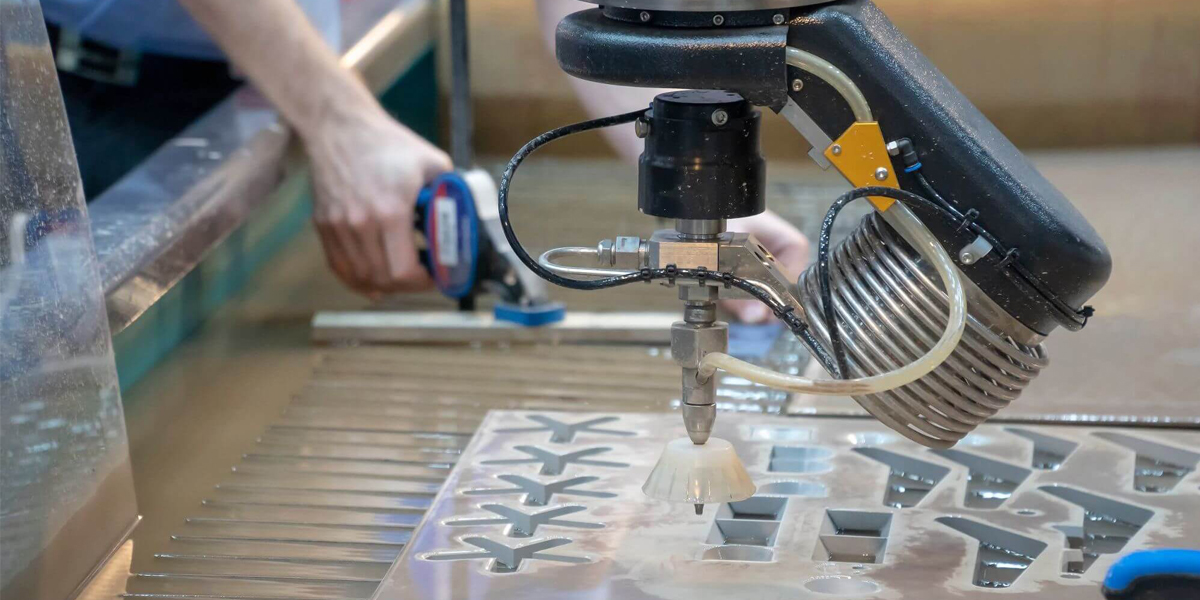
Plasma Cutting:
Advantages: Plasma cutting is a fast and efficient method for cutting through thick sheet metal. It can cut a wide range of conductive materials, including steel, stainless steel, and aluminum. Plasma cutters are portable and well-suited for on-site or field applications.
Disadvantages: Plasma cutting can produce a wider kerf (cut width) compared to other methods, resulting in less precision. It may create heat-affected zones and can generate significant smoke, fumes, and noise.
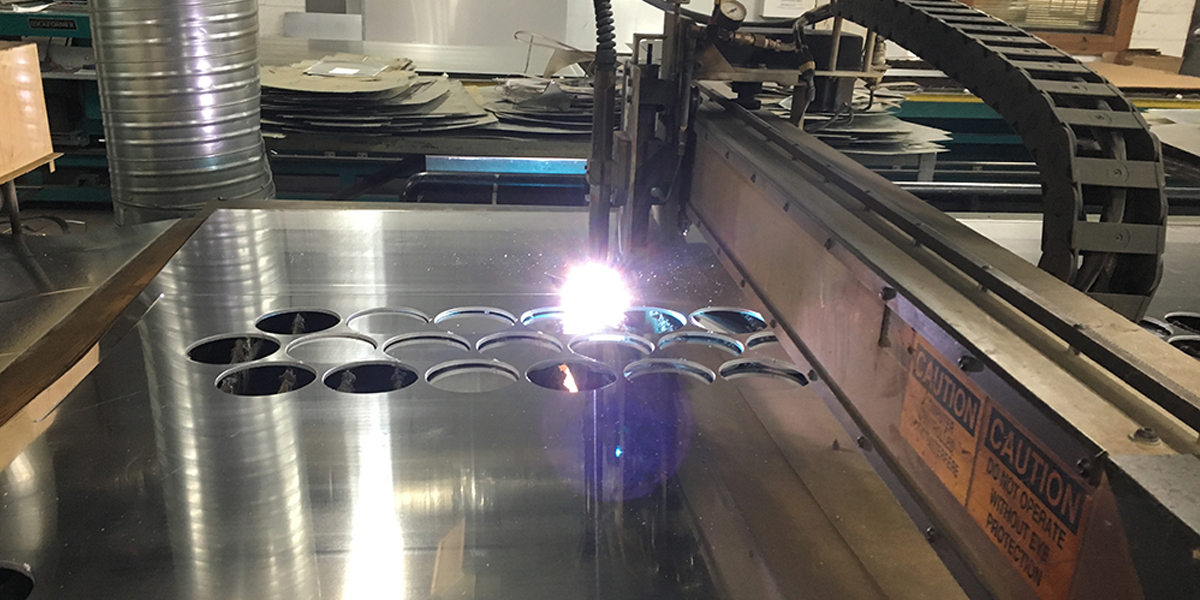
Saw Cutting:
Advantages: Saw cutting is suitable for thicker sheet metal or solid metal bars and tubes. It is relatively fast and can handle high-volume production. It produces straight cuts with good accuracy.
Disadvantages: Saw cutting can leave burrs or rough edges that may require additional finishing. It is not ideal for intricate shapes or delicate materials.
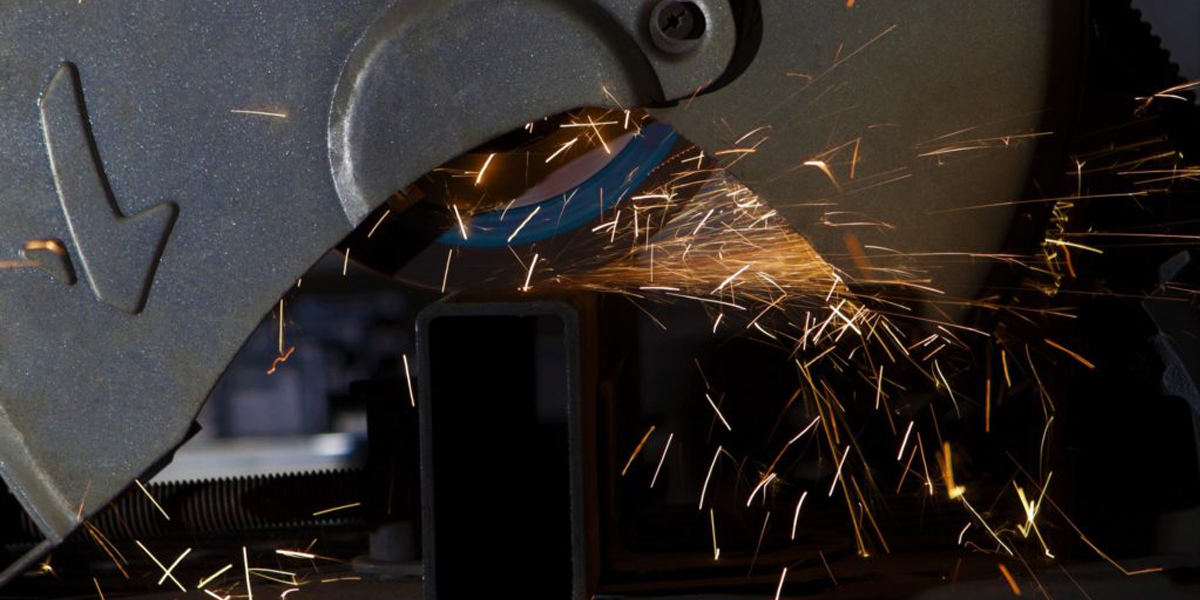
Punching:
Advantages: Punching is a fast and efficient method for creating holes or simple shapes in sheet metal. It can be easily automated for high-volume production. Punching produces clean and precise cuts with minimal deformation.
Disadvantages: Punching is limited to creating holes or simple shapes and may not be suitable for complex designs or intricate details. It requires the use of specific tooling for each desired hole size and shape.
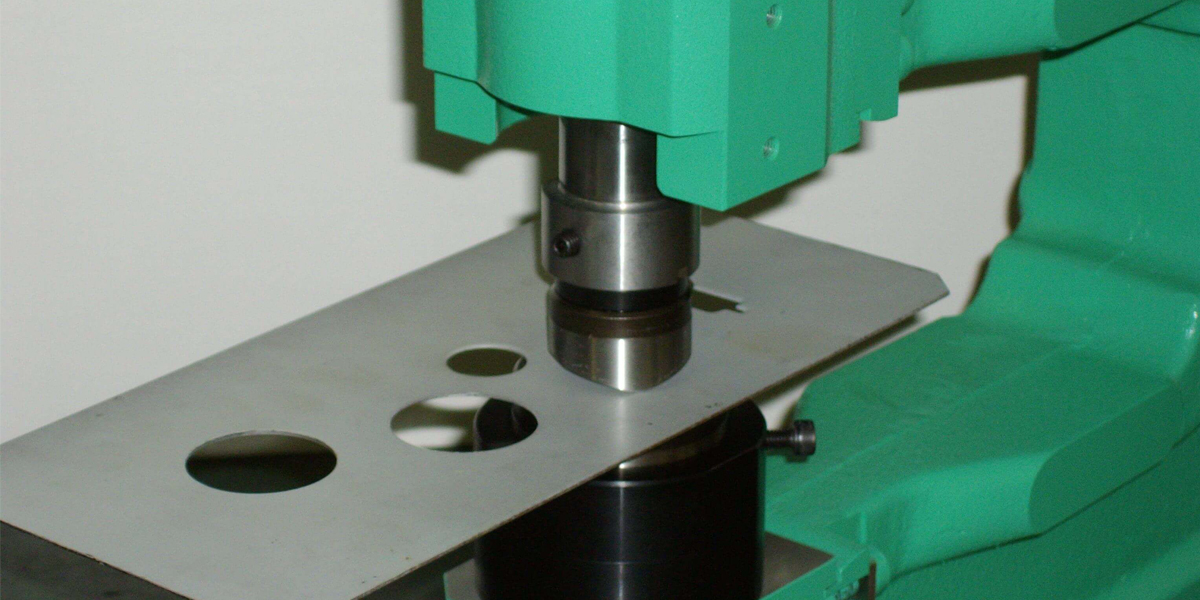
A Comprehensive List of Materials Supported by GD-HUB Sheet Metal Processing Service
Including but not limited to:
Name | Model1 | Model2 | Model3 | Model4 |
Stainless Steel | 304 | 316 | 430 | 201 |
Aluminum | 3003 | 5052 | 6061 | 5083 |
Copper | 110 | 101 | 260 | 145 |
Brass | 260 | 280 | 353 | 434 |
Titanium | Grade1 | Grade2 | Grade5 | Grade9 |
Steel: Various grades of steel, such as carbon steel, stainless steel, and galvanized steel, are commonly used in sheet metal fabrication due to their strength, durability, and corrosion resistance.
Aluminum: Aluminum is lightweight, corrosion-resistant, and exhibits good thermal and electrical conductivity. It is frequently used in industries such as aerospace and automotive.
Copper: Copper is known for its excellent electrical and thermal conductivity. It is commonly used in electrical applications, heat exchangers, and architectural elements.
Brass: Brass is an alloy of copper and zinc, offering good formability and corrosion resistance. It finds applications in musical instruments, decorative items, and plumbing fixtures.
Titanium: Titanium is a lightweight and strong material with excellent corrosion resistance. It is often used in aerospace, medical devices, and high-performance applications.
Various alloys: Numerous alloy compositions are available for specific requirements, such as stainless steel alloys for increased corrosion resistance or high-strength alloys for structural applications.
Nickel Alloys: Nickel alloys, such as Inconel, Hastelloy, and Monel, are often used for sheet metal fabrication in high-temperature and corrosive environments due to their exceptional heat resistance and chemical resistance.
Zinc Alloys: Zinc alloys, such as Zamak, are commonly utilized for sheet metal fabrication in die casting applications. They offer good dimensional stability, low melting points, and excellent casting properties.